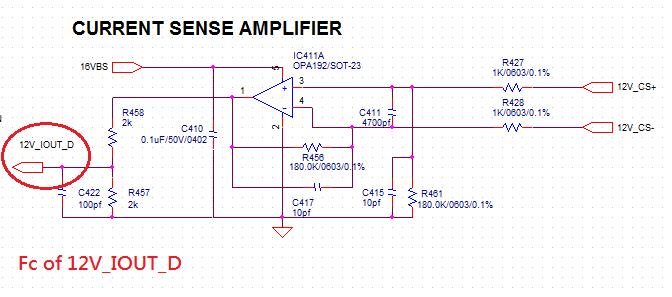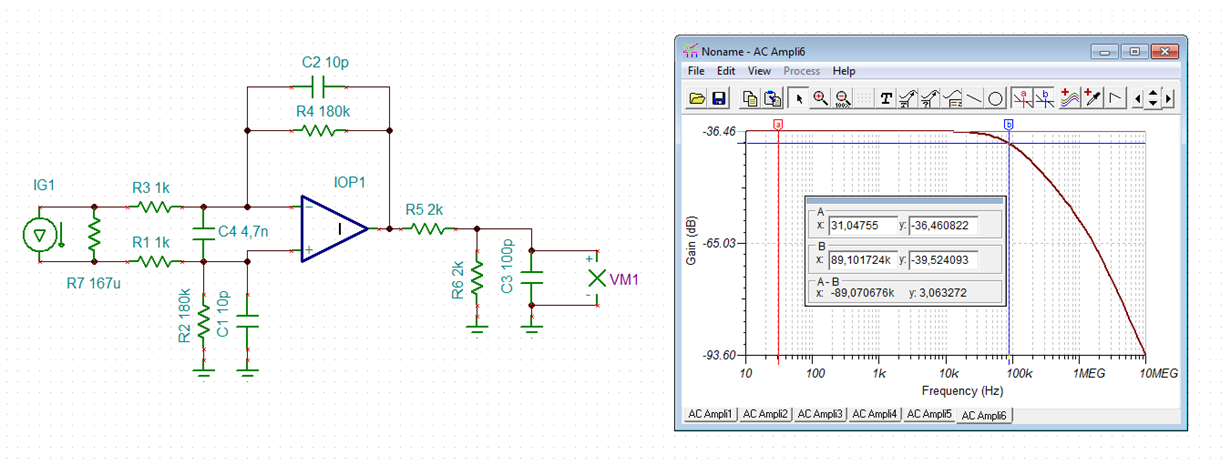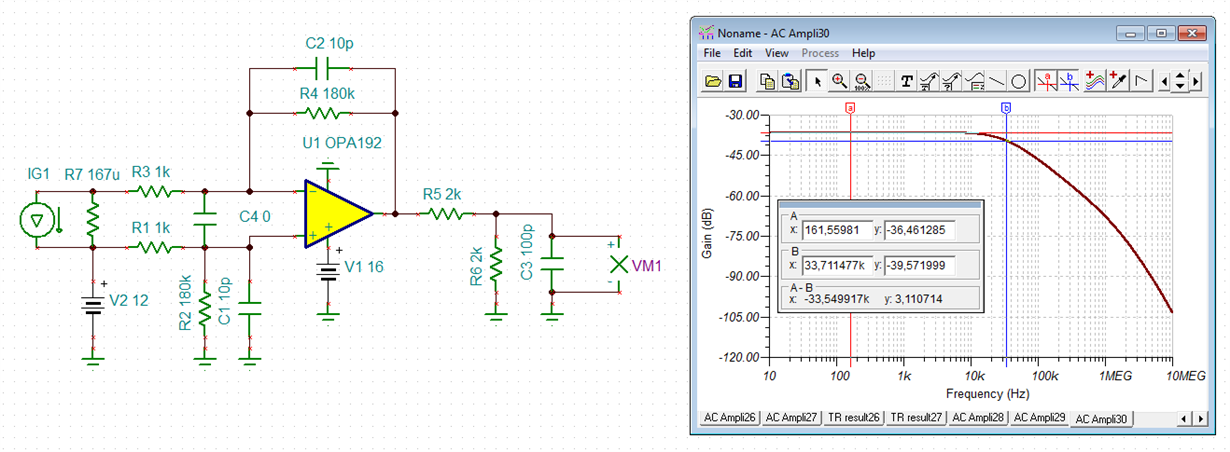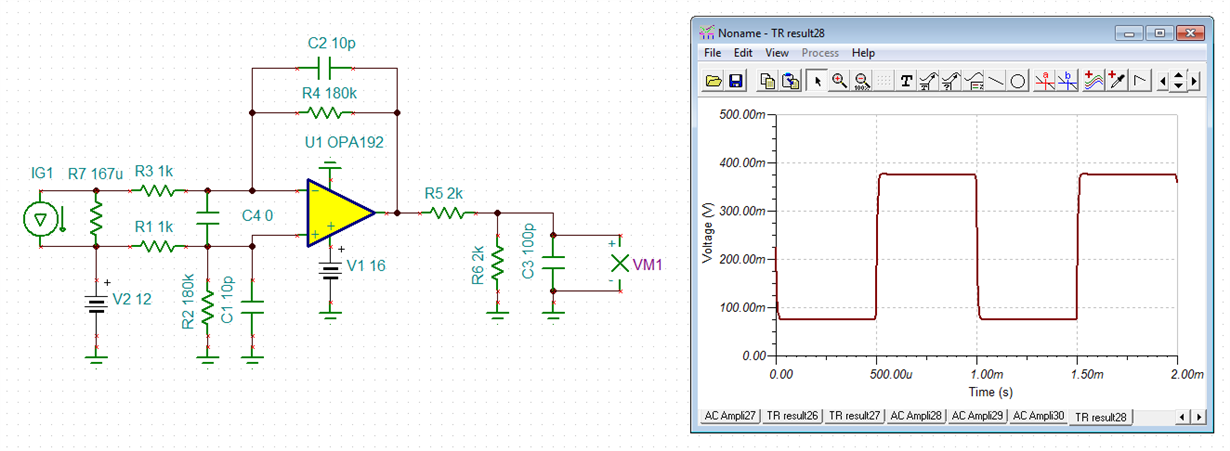Other Parts Discussed in Thread: OPA172
Hello Team,
My customer is using OPA192 as current sense amplifier, the CS resistor is 0.167mohm, based on the schematic they have, how's the the cross over frequency looks like? and how to calculate? because the CS resistor is too small, it's hard to do real test, can you tell how to calculate the fco?
Thanks.
Martin












